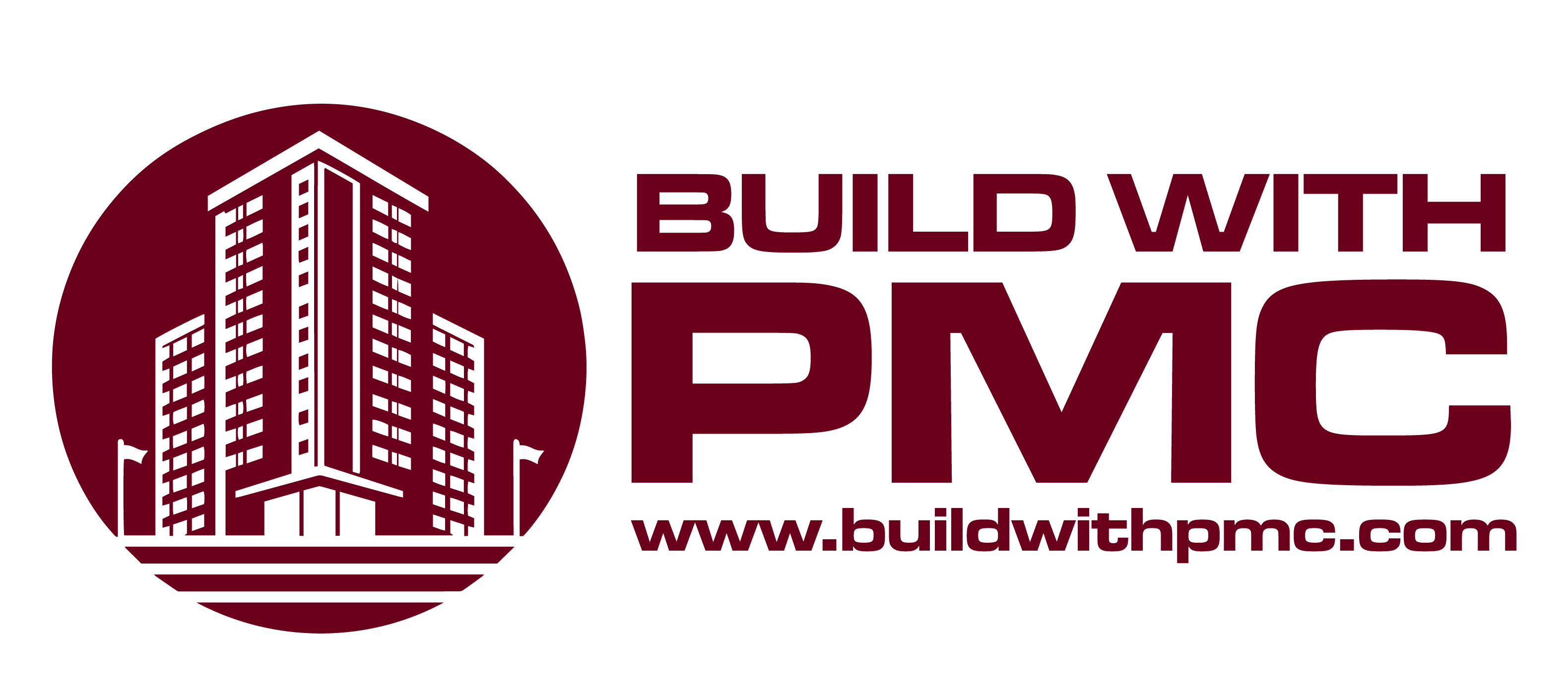In today’s urban landscape, exterior building maintenance (EBM) stands as a crucial pillar of property management and community aesthetics. From towering skyscrapers to quaint storefronts, the outward appearance of structures not only reflects the pride of owners but also shapes public perception. This introduction delves into the significance of EBM, offering insights, tips, and tricks to navigate this essential aspect of property care. By understanding the importance of regular upkeep, leveraging effective strategies, and embracing innovative solutions, stakeholders can enhance curb appeal, prolong structural integrity, and foster a welcoming environment for occupants and passersby alike. Join us in exploring the world of Exterior Building Maintenance.
Understanding the Significance of Exterior Building Maintenance

Exterior building maintenance (EBM) is a critical aspect of property management that is often overlooked or underestimated. While the interior of a building may receive significant attention, neglecting its exterior can lead to a myriad of problems ranging from aesthetic degradation to structural issues. In this section, we delve into the importance of EBM and elucidate key points that underline its significance.
Preservation of Property Value
Regular exterior maintenance preserves the aesthetic appeal of a building, thereby maintaining or even increasing its market value. Neglected exteriors can deter potential buyers or tenants, leading to decreased property value and rental income.
Protection Against Structural Damage
BM helps identify and address structural issues such as cracks, leaks, and corrosion before they escalate into major problems. Timely repairs and preventive measures can extend the lifespan of building materials and prevent costly renovations or replacements.
Ensuring Safety and Compliance
Proper maintenance of exterior elements like walkways, parking lots, and façades is essential to ensure the safety of occupants and visitors. Compliance with building codes and regulations regarding maintenance practices minimizes the risk of legal liabilities and penalties.
Enhancing Energy Efficiency
Well-maintained exteriors contribute to the overall energy efficiency of a building by preventing air leaks, moisture infiltration, and heat loss. Investments in insulation, weather sealing, and roofing maintenance can lead to significant energy savings over time.
Upholding Brand Image and Reputation
The exterior appearance of a building reflects the professionalism and commitment of its owners or managers. Regular maintenance demonstrates a dedication to quality and reliability, enhancing the reputation of the property and its occupants.
Essential Tips for Effective Exterior Building Maintenance

Maintaining the exterior of a building is vital for its longevity, aesthetic appeal, and the safety of its occupants. However, the task can often be overwhelming without a clear plan or strategy in place. In this section, we outline essential tips and guidelines to ensure effective exterior building maintenance, helping property owners and managers navigate this crucial aspect of property management with confidence.
Regular Inspection
Conduct routine inspections of the exterior elements such as walls, roofs, windows, and doors to identify any signs of damage or wear. Inspections should be scheduled at least twice a year, preferably before and after harsh weather seasons, to catch potential issues early.
Prioritize Safety Measures
Before undertaking any maintenance tasks, prioritize safety by ensuring that workers have the necessary protective gear and equipment. Identify and address any safety hazards such as loose debris, unstable surfaces, or electrical hazards before beginning maintenance work.
Develop a Maintenance Schedule
Create a comprehensive maintenance schedule outlining tasks, frequencies, and responsible parties for each aspect of exterior maintenance. Consider seasonal variations and specific needs of different exterior components when scheduling maintenance activities.
Invest in Preventive Maintenance
Implement preventive maintenance measures to address potential issues before they escalate into costly repairs. This includes tasks such as cleaning gutters, inspecting and repairing seals, and applying protective coatings to surfaces.
Attend to Landscaping
Pay attention to the landscaping surrounding the building, as neglected vegetation can contribute to moisture buildup, pest infestations, and structural damage. Regularly trim trees and shrubs, maintain lawns, and remove debris to promote a clean and well-maintained exterior environment.
Address Drainage and Water Management
Ensure proper drainage systems are in place to prevent water from pooling around the building’s foundation, which can lead to water damage and structural issues.
Clean gutters and downspouts regularly to prevent clogging and facilitate proper water flow away from the building.
Consider Professional Assistance
For complex maintenance tasks or specialized equipment requirements, consider hiring professional contractors or maintenance services. Professional expertise can ensure that maintenance tasks are performed efficiently and effectively, reducing the risk of errors or oversights.
Tricks to Streamline Exterior Building Maintenance Tasks
Efficient exterior building maintenance is essential for preserving property value and ensuring occupant safety. However, the sheer scope of tasks involved can be daunting. To alleviate this challenge, we present some key tricks and strategies to streamline exterior maintenance tasks, maximizing effectiveness and minimizing effort.
Embrace Technology
Utilize digital tools such as maintenance management software or mobile apps to streamline scheduling, task allocation, and reporting. Technology can also aid in tracking inventory, managing budgets, and accessing maintenance manuals, enhancing overall efficiency.
Implement a Preventive Maintenance Program
Develop a proactive maintenance plan that focuses on preventive measures to address issues before they escalate. Regularly scheduled inspections and maintenance activities can help identify and mitigate potential problems early on, reducing the need for reactive repairs.
Prioritize High-Impact Areas
Identify and prioritize maintenance tasks based on their impact on safety, aesthetics, and property value. Focus resources on critical areas such as building facades, roofing systems, and entryways to ensure they remain in optimal condition.
Streamline Workflows
Optimize workflows by grouping similar tasks together and allocating resources efficiently. Implement standardized procedures and checklists to ensure consistency and minimize time spent on planning and preparation.
Outsource Non-Core Tasks
Consider outsourcing non-core maintenance tasks such as landscaping, window cleaning, or pressure washing to specialized contractors. Outsourcing allows internal maintenance teams to focus on core responsibilities while ensuring that all aspects of exterior maintenance are addressed.
Maximizing the Benefits of Exterior Building Maintenance: Best Practices and Insights
Effective exterior building maintenance not only enhances the aesthetic appeal of a property but also preserves its value and ensures occupant safety. To reap the full benefits of exterior maintenance, it’s essential to implement best practices and gain valuable insights. In this section, we highlight key strategies to maximize the benefits of exterior building maintenance.
- Regular Inspections: Conduct routine inspections to identify and address issues before they escalate. Regular inspections help maintain structural integrity, prevent costly repairs, and ensure compliance with safety regulations.
- Proactive Maintenance: Implement preventive maintenance measures to extend the lifespan of exterior elements. Addressing minor issues promptly can prevent them from becoming major problems, saving time and resources in the long run.
- Sustainable Practices: Embrace sustainable maintenance practices to reduce environmental impact and operating costs. Utilize eco-friendly materials, implement energy-efficient solutions, and promote responsible waste management.
- Data-Driven Decision-Making: Leverage data analytics and technology to optimize maintenance processes and resource allocation. analyzing maintenance data helps identify trends, predict maintenance needs, and make informed decisions.
- Continuous Improvement: Foster a culture of continuous improvement by soliciting feedback from stakeholders and learning from past experiences. Regularly review and update maintenance strategies to adapt to changing needs and industry trends.
By implementing these best practices and gaining valuable insights, property owners and managers can maximize the benefits of exterior building maintenance. From preserving property value to enhancing sustainability and safety, effective maintenance strategies contribute to the overall success and longevity of a property. With a proactive approach and a commitment to continuous improvement, exterior maintenance becomes not just a necessity but a strategic investment in the future.
Conclusion
Prioritizing exterior building maintenance (EBM) is paramount for preserving the integrity, safety, and aesthetics of any structure. By implementing the tips and tricks outlined in this article, such as utilizing swing stage rentals for efficient access and investing in commercial concrete and structural steel for durability, property owners can ensure their buildings remain in top condition. Remember, proactive EBM not only safeguards against potential hazards but also enhances curb appeal and tenant satisfaction. For comprehensive EBM solutions in Fontana, contact PMC INC at 562-905-3101 today.



